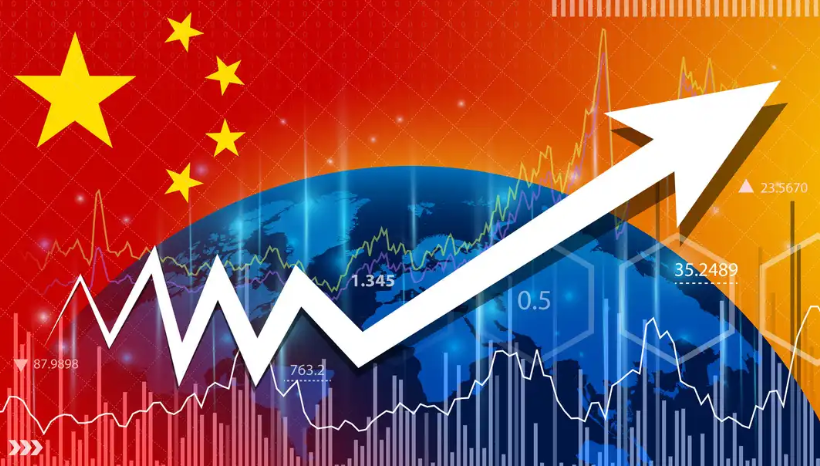China’s export figures for April were stronger than anticipated, thus indicating a possible recovery of global trade after a sluggish 2023. With the world’s leading exporter continuing to regain momentum, this study highlights the key role China plays in rejuvenating global markets.
The face of Chinese commerce is changing. Whereas shipments to ASEAN nations rose by more than 13% in April, exports to the U.S. were steady, and trade with the EU was down.
The fear of cheap imports in developed countries has led to diverse responses to the products of China from all over the world. Beijing is still reluctant to make major policy changes, which could endanger its fragile economic recovery, despite mounting criticism from abroad.
Some of the other countries that had considerable import activity included the United States, South Korea, Taiwan, the Netherlands, and Russia, all with an increase of more than 10% each. Such a large number of trading partners from different parts of the world, which has been on an upward trend, is a sign of more integrated economic relations and targets for economic development.
The export sector in China has proved to be almost indestructible, says David Quat, Bloomberg Economics. In April, the growth of exports reigned in the decrease that was recorded in March, meaning that the world demand for Chinese products is still strong. Qu emphasized that trade is an important indicator of China’s general economic growth.
China is not the only country in the area where commercial activities are booming. Some of the other Asian countries have registered an upsurge. As demand in the United States was strong, exports from the USA to both Korea and Taiwan reached record levels, with the South Korean one nearly 14% higher.
80 Million Strong: China’s Growing Consumer Class
China is changing from a production-focused economy to a consumption- and service-based one. This reconfigures investment to suit the demands of a rising middle class, introducing new issues and possibilities.
2030 will see 80 million Chinese people entering the Chinese middle class, which will have an impact on the GDP (today, over 50% in services). This consumer behavior that is continuously changing has created new government measures to support innovation and domestic consumption.
In line with this change, the S&P China Consumption Index focuses on consumer discretionary, communication services, and consumer staples and removes energy and materials. This strategy has led the index to outperform broader Chinese indices.
Chinese buyers have confronted obstacles and fast innovation, altering purchasing behavior, and companies should be similarly fast to face these challenges. Chinese customers are searching for quality and value products, thus diminishing foreign brands.
Live streaming and flash retail as new business models have emerged due to technology and regulatory incentives, which, in turn, fueled leisure consumption and the home economy. Consumers’ tastes are moving toward green products as sustainability gains more importance.
In contrast with the MSCI China Index and FTSE China 50, the S&P China Consumption Index reflects the changing economic orientation of China. These indices are Chinese-directed but vary in sub-sector focus and performance-related conceptions. The S&P Index’s consumer-focused orientation is in line with China’s strategic move to a consumption-driven economy.


